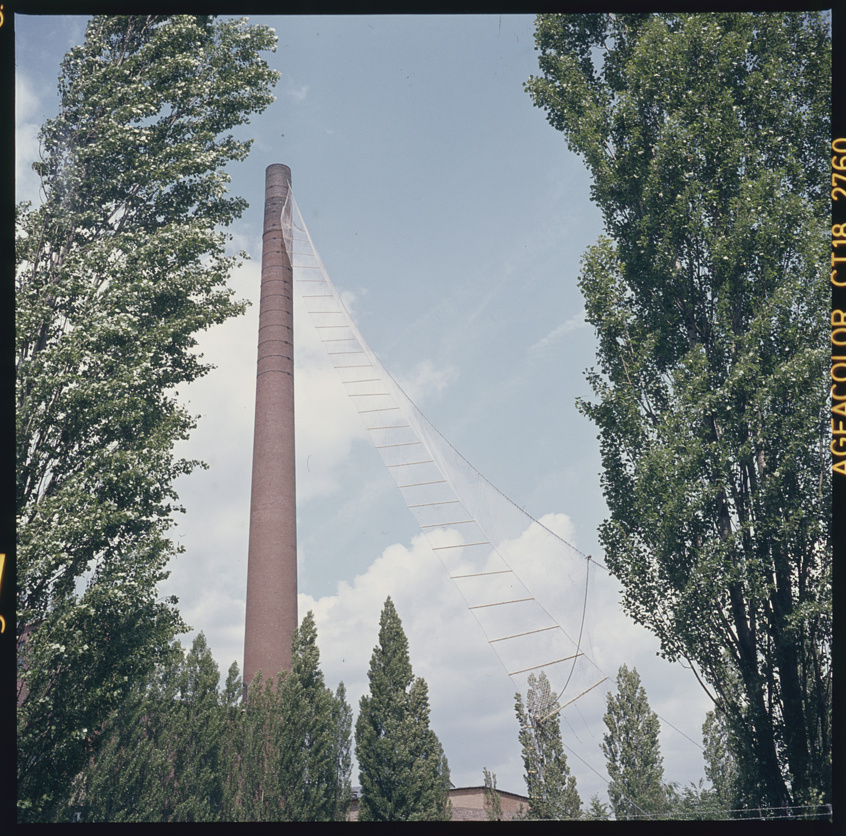Two seemingly unconnected events of one hundred years ago, one in Görlitz, Germany, and the other in Athens, Greece, have inspired Zafos Xagoraris’s recent work.
In 1916, in the midst of World War I, the German army captured 7,000 Greek soldiers and took them to the Görlitz prisoner-of-war camp. As Greece had remained neutral, the soldiers found themselves in the odd, hybrid state of prisoners/guests. For their three years of incarceration, they published their own newspaper, worked at local factories, and attended classes and lectures by professors from German universities. At the same time, they themselves were studied by social scientists who recorded everything: local Greek dialects, traditions, music (the internment produced one of the first recordings of rebetiko). Görlitz became a kind of laboratory for two-way learning methods in Greece and throughout the rest of Europe—a process of simultaneous instru-mentalization and enabling.
In Athens, meanwhile, the first open-air school for pretubercular children went into experimental operation in 1916. Based on then new educational views and strict rules of hygiene, it cultivated a spirit of freedom as well as rigorous discipline. Meeting the exceptional educational needs of the tumultuous first half of the twentieth century, the open-air schools functioned as labs for testing the novel ideas of modernism’s critical education methods and attracted the interest of major Greek architects, including Nikolaos Mitsakis, who produced influential examples in the 1930s.
Starting from such overlooked details of history, Xagoraris (born in Athens in 1963) focuses on the ambiguities in relations of freedom and confinement, learning and discipline, emancipation and control, as they were approached by modernism. His ideas unfold over time through different manifestations, iterative or modular, in forms that might include a sound installation or a participatory public event. The works maintain a loose relationship with the research that initiates them: the artist uses as reference points abstractly rendered versions of the evidence he uncovers, images and sounds that bring an event or story into the present, as if giving life to a specter. At the “threshold,” as he calls the point of entry and exit to a framework or concept, the ambiguities alter prevailing structures and views and help to mark and abolish boundaries, both literal ones and those imposed by authority. With such moves, Xagoraris attempts to spark small changes in the perception of institutions, and perhaps of history itself.
—Katerina Tselou



